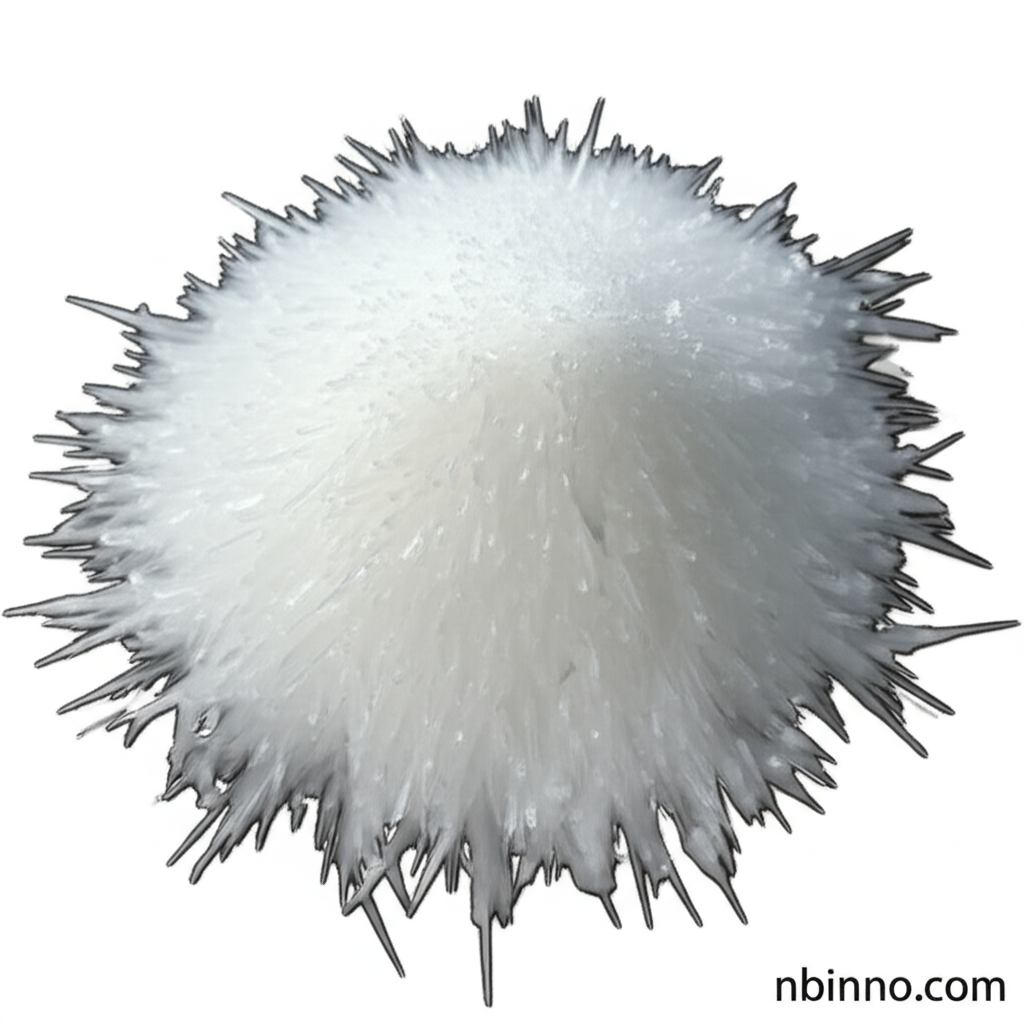Anthracene: Properties, Applications, and Synthesis in Organic Chemistry
Discover the vital role of Anthracene (CAS 90-44-8) in analytical chemistry and organic synthesis.
Get a Quote & SampleProduct Core Value

Anthracene
Anthracene, identified by CAS number 90-44-8, is a significant organic compound primarily utilized for its role in various chemical analyses and synthetic processes. Its distinct physical form and high purity make it a reliable component in laboratory settings.
- Understanding organic synthesis with anthracene is key for developing complex molecules.
- The anthrone method for sugar determination reliably uses Anthracene as a key reagent.
- Analysis of animal starch in liver tissue benefits from the specific properties of Anthracene.
- As a white or light yellow needle crystal with an assay not less than 98.0%, it ensures consistent results.
Advantages Provided by the Product
Analytical Precision
Leverage Anthracene for accurate analysis of animal starch in liver tissue, contributing to precise biochemical research.
Synthetic Versatility
Explore the possibilities in organic synthesis with anthracene, enabling the creation of diverse and complex chemical structures.
Diagnostic Reliability
The anthrone method for sugar determination, relying on Anthracene, provides a dependable approach for quantitative analysis.
Key Applications
Organic Synthesis
Anthracene serves as a fundamental building block in various organic synthesis pathways, facilitating the creation of specialized chemical compounds.
Biochemical Analysis
Its application in the anthrone method for determining soluble sugars highlights its importance in biochemical research and diagnostics.
Histological Studies
The compound is instrumental in the determination of animal starch within liver tissue, crucial for understanding metabolic processes.
Research and Development
As a chemical intermediate, Anthracene is valuable in R&D for exploring new materials and chemical reactions.
